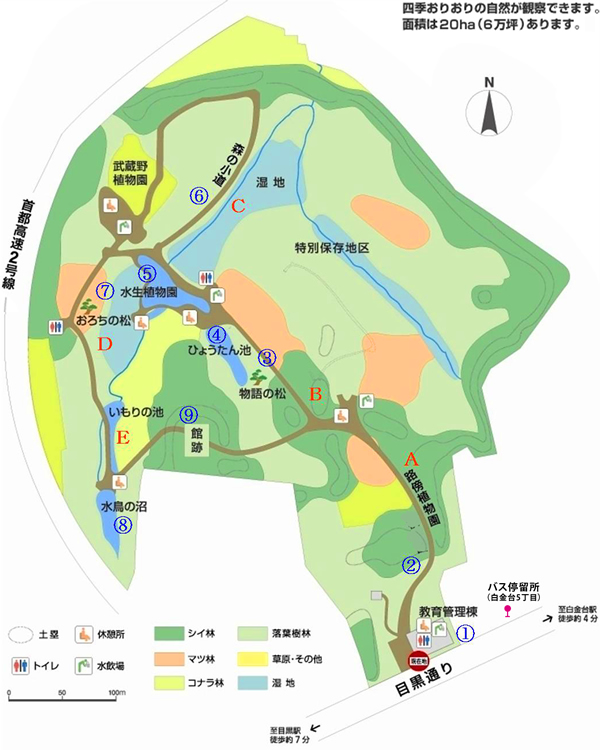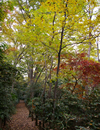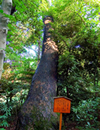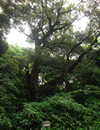
Guide to the Institute for Nature Study

1. Education Management Building
Contains an exhibition hall, lecture rooms, study rooms and a shop.
Admission tickets can also be purchased here.

2. Robo Botanical Garden
Enjoy the beauty of the trees and plants with each passing season.

3. Fabled Pine
This ancient pine tree is one of the vestiges of the villa of the Edo-era nobleman, Matsudaira Sanukinokami. Along with the nearby Hyotan Pond, it is believed to have formed part of a pleasure garden.

4. Hyotan Pond
This pond is named for its shape, which resembles a bottle gourd (hyotan).

5. Suisei Botanical Garden
The changing colors of the trees with the passing seasons are reflected on the water's edge, creating a beautiful scene all year round.

6. Forest path
The path looks out on a marsh to the east as it meanders under the branches of zelkova and dogwood trees.

7. Ancient Pine
This enormous pine is one of the vestiges of Matsudaira Sanukinokami's Edo-era villa. It is about 300 years old and is also known as the Great Serpent Pine.

8. Mizudori Marsh
“Mizudori” means “waterfowl.” This marsh is home to birds such as the spot-billed duck and the snowy heron.

9. Ruins of ancient villa
Numerous remains of earthen walls are found on this site. This C-shaped earthen wall belongs to the villa of a late-medieval nobleman.
Viewpoints
Points from where the beauty of the garden can be admired.

A. Great ,ee
In the Robo Botanical Garden

B. The turning colors of maple leaves
These maples can be seen between a fork in the path and the Suisei Botanical Garden.

C. Creeks and marshes
Can be seen on the forest path.

D. Suisei Botanical Garden
Located near the Ancient Pine.

E. Oak forest
Near Mizudori Marsh
